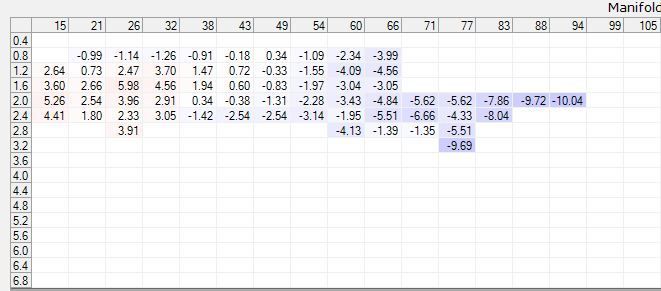I need some help. I have thrown ridiculous money to tuners and on parts to fix this but still no resolution. I keep on getting knock retard. It seems KR is most prevalent when throttle is greater than 40% but it's also kind of random, it does not matter if it's in PE or running stoich, i get KR. I'm running 93 octane and this has been happening for a while regardless of where I gas up.
Mechanically speaking here's what I've done & checked
- Stepped up to 7.425 pushrods to quiet down valve train. Measured /verified length on ea pushrod with tools (now running .60xx preload)
- Replaced 1 knock sensor (original looks fine, wiring looks good to both sensors)
- Changed fuel filter
- Upgraded to AFR500 wideband AKA ?NGK AFX?
- A few valvestem seals unseated a while ago. All have been replaced and verified good
- Engine Seafoamed afterwards (brake booster method) although borescope only showed minor carbon deposits if any
- Fuel injector cleaner has been pushed through the system
In regards to the tune, the new wideband says i have been pretty dialed in with the exception of startup and first 30 sec of driving? Everything else looks good in the tune IMO. My wideband is connected to A/C press sensor. Custom PID = 9+[PID.7101]*1.400 (according to BMR motorsports site). PS it?s also calibrated. And yes, VVE tables are tuned properly too.
I don't see any smoking guns and I desperately need your help. I'm tired of driving like a grandpa to avoid KR. My timing is pretty much stock too. Please help!!!
Car specs
2006 CTSv
Stock LS2 w/ stg 1 tick performance cam
longtube headers
LS7 clutch
NGK TR5IX plugs




 Reply With Quote
Reply With Quote



